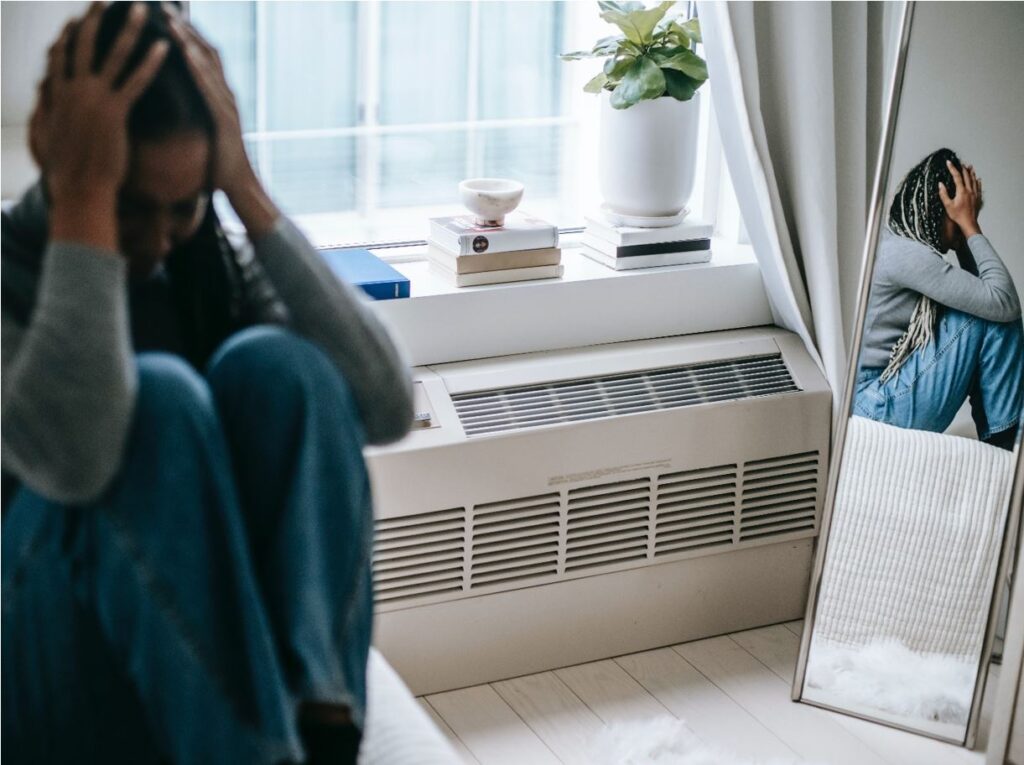Dysregulation, hopelessness, worthlessness, and difficulty in interpersonal relationships, these are some of the symptoms that people with cPTSD suffer from.
While Post Traumatic Stress Disorder afflicts individuals who have gone through a traumatizing event, the complex variant of PTSD can often originate in an extended exposure to trauma in childhood.
How is C-PTSD Different from PTSD?
Complex PTSD is when an individual experiences symptoms other than those of PTSD. These additional symptoms often include, but are not limited to:
- Constantly feeling worthless, hopeless, and distrustful towards other people
- Thinking that no one can understand how you feel
- Finding it hard to be in a relationship or to socialize with people
- Facing an inability to control your emotions
- Feeling as if you’re different from everybody else
- Experiencing depersonalization and derealization
- Suicidal feelings that come on a regular basis
- Headache, dizziness, and pain in chest and/or stomach
- Finding that your personality has changed after a certain traumatic incident
- Experiencing a high number of strong flashbacks everyday (as much as 10)
- Having an unstable mood and suffering from chronic stress
Complex PTSD develops in individuals who’ve suffered from chronic traumas, mostly during their childhood years. This can include events of abuse that may have lasted for months or years, such as physical or sexual abuse, domestic violence, human trafficking, being held as a prisoner, or witnessing killings.
Traumas such as these make one feel completely controlled by another person without a foreseeable end in sight. Feeling that one can’t escape a certain traumatic situation can affect an individual on a deep level, breaking down their psyche and sense of self.
Those who suffer from cPTSD have to live with their unimaginably horrifying trauma even after they have been rescued. Although standard PTSD treatments might be helpful, cPTSD sufferers require more intensive care and long-term support with an emphasis on strength-based interventions.
Help is available and it is a good idea to have a counselor you can connect to and work well with, when you need one.
